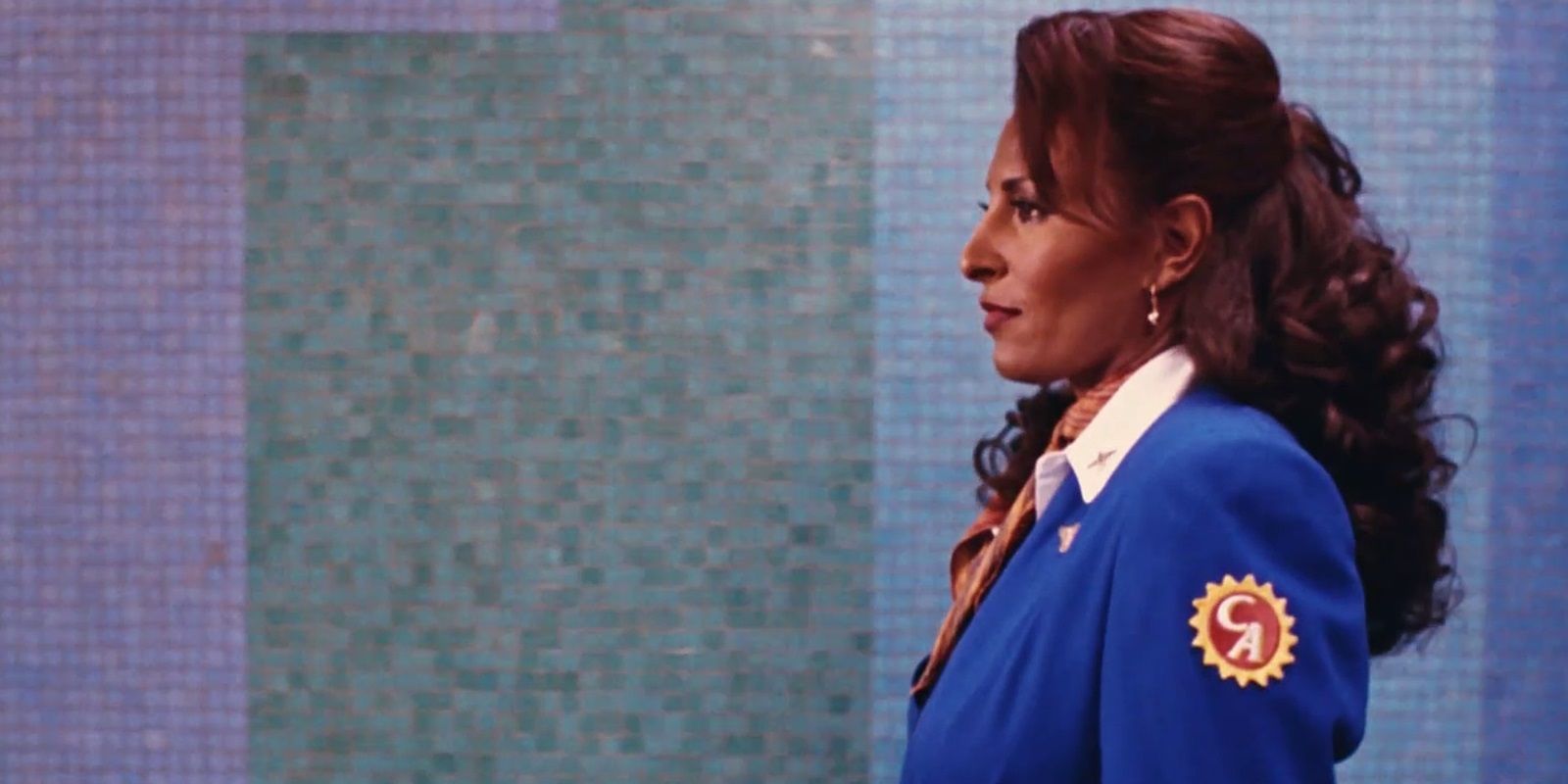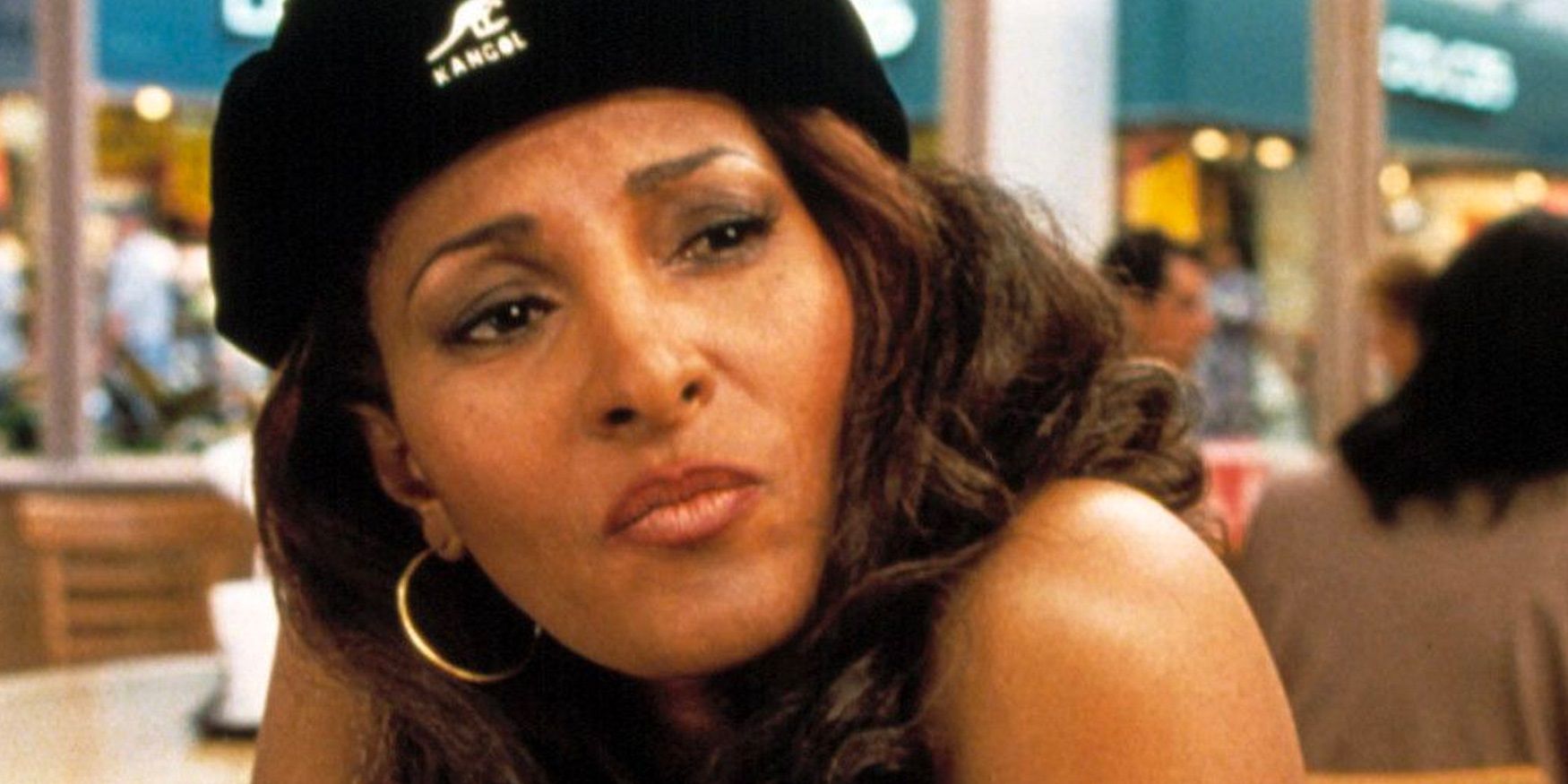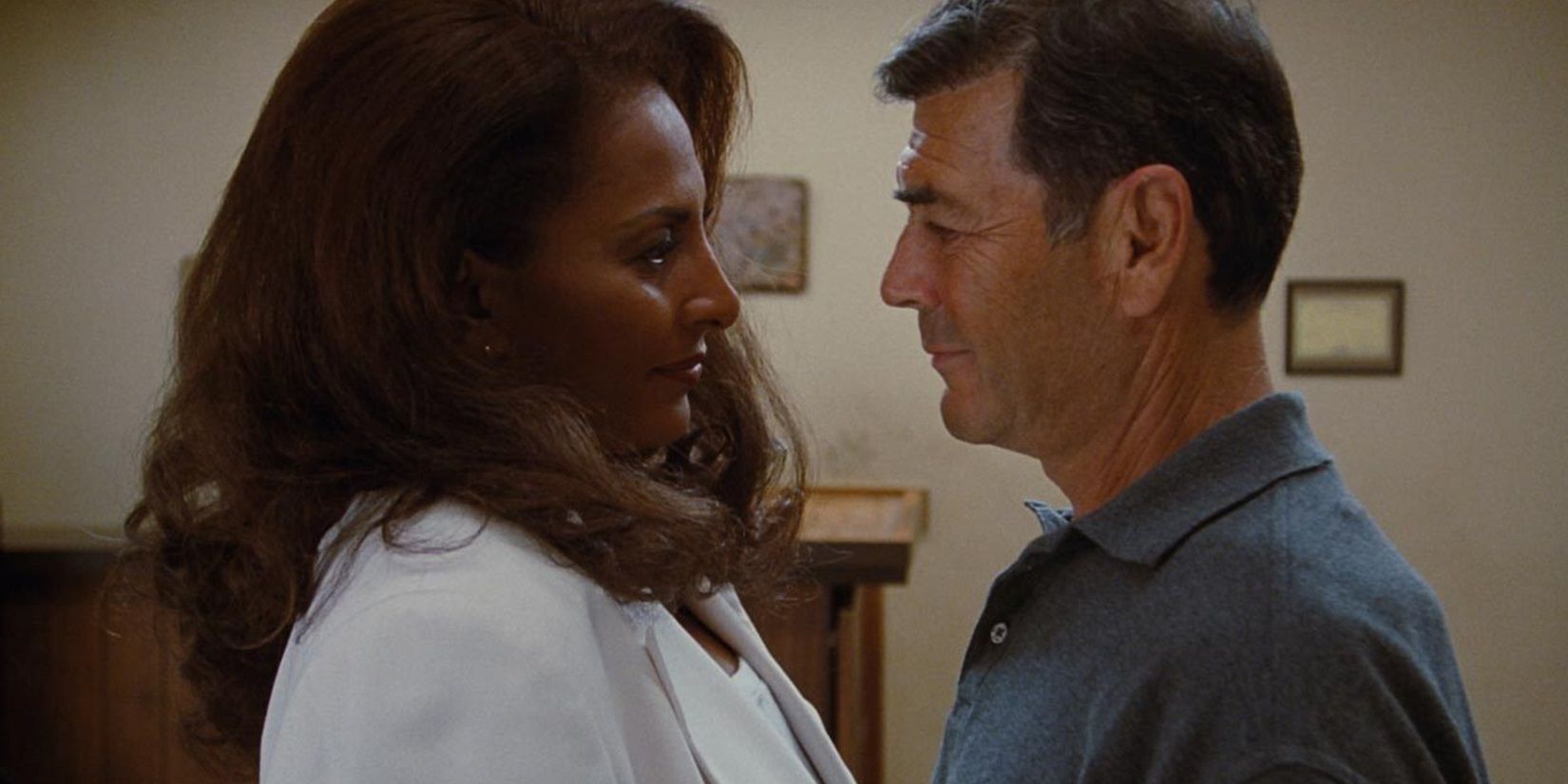Quentin Tarantino has only made one movie adapted from another writer’s work: his third feature-length directorial effort, 1997’s Jackie Brown. It revolves around the titular flight attendant (Pam Grier) who plays a gun runner and the ATF against each other so that she comes out on top. Jackie Brown is often called Tarantino’s most underrated movie. It’s not as flashy as Pulp Fiction or as action-packed as Kill Bill or as daring and darkly comedic as Inglourious Basterds, but it is perhaps Tarantino’s most mature movie. Jackie Brown focuses more on emotions and human connection than graphic violence and pop culture references (although there’s still plenty of that to enjoy).
Tarantino tends to come up with his stories and characters himself. He’s the winner of two Oscars for Best Original Screenplay, making him one of just five screenwriters to have won the award more than once. After Pulp Fiction became about as successful as any auteur filmmaker can dream of, Tarantino decided to try his hand at a new challenge: bringing someone else’s story to the screen. It took a special author – one of Tarantino’s favorites, and a huge influence on his own distinctive writing style – to inspire this fiercely original writer-director to take a crack at an adaptation.
Jackie Brown Was Based On Elmore Leonard's Rum Punch
Jackie Brown was adapted from the novel Rum Punch by Elmore Leonard. According to the making-of documentary Jackie Brown: How It Went Down, after the success of Pulp Fiction, Tarantino bought the film rights to three Leonard novels with the intention of turning one of them into a movie. He acquired the rights to Rum Punch, Freaky Deaky, and Killshot, and initially planned to focus on adapting one of the latter two while leaving Rum Punch to another filmmaker. However, when he re-read Rum Punch, he “fell in love” with it again and changed his mind, so Rum Punch became the basis for his next feature.
To reflect the influence of the blaxploitation genre, Tarantino changed the lead character’s race from white to Black, changed her surname from Burke to Brown, and changed the title Rum Punch to Jackie Brown. This new title evoked the 1974 blaxploitation classic Foxy Brown, whose iconic star Grier was cast as Jackie, leading to a much-deserved career comeback. In Jackie Brown: How It Went Down, Leonard said that Tarantino’s Jackie Brown script was not only the best adaptation of any of his works but possibly the greatest screenplay he had ever read.
Elmore Leonard Was A Huge Influence On Quentin Tarantino
It’s hardly surprising that Tarantino chose a Leonard book for his first adaptation. The influence of Leonard’s loose, dialogue-driven style of storytelling can be seen all over Tarantino’s work, and he’s often acknowledged Leonard as a major inspiration for his own writing. In a 1998 interview with Creative Screenwriting, Tarantino said, “Leonard opened my eyes to the dramatic possibilities of everyday speech.” Telling pulpy genre stories with dialogue that sounds like real conversations is one of the defining hallmarks of Tarantino’s filmmaking – and one of the reasons he became so popular with audiences – and this stylistic flourish, as seen in Jackie Brown was directly influenced by Leonard’s stories.



